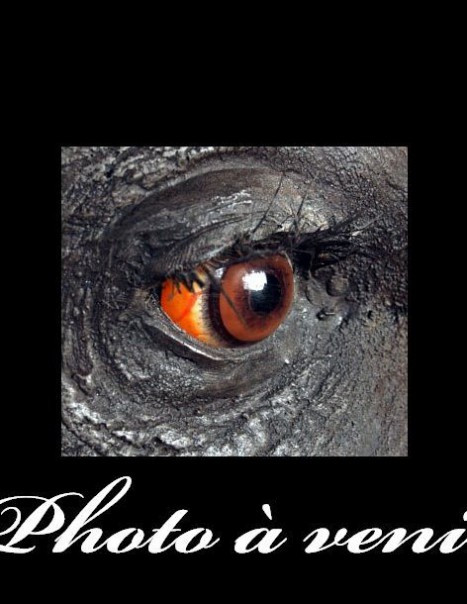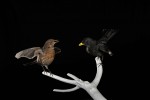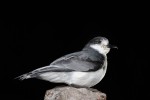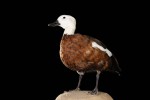Brown-cheeked Hornbill – Bycanistes cylindricus
Brown-cheeked Hornbill – Bycanistes cylindricus
Unlike Great Black and Yellow Hornbills that live in the same geographical territory and whose cries are ten times more powerful between July and February than in March and June, the brown-cheeked Hornbills are more constant and show that a small change in the rate of abundance between those two periods.
They frequent large tracts of large evergreen trees. There are only very rarely in the surrounding forests, plantations in the plains and lowlands, although they are sometimes reported at altitudes up to 4000 meters peak. They live in Benin, Uganda Congo, and Angola.
They forage in the foliage of tall trees in the canopy, in the lower forest vegetation in fruit trees. They also pursue the flying insects.
They live in pairs, the nesting season runs from September to November, time of year where males move alone. We find nests at any time from January to April, June to August, but also from October to November. Couples do not nest every year. Nests are placed in a tree cavity; we do not know exactly the size of lay.
The male refuels the female during her period of seclusion in the cavity with youth. It feeds the brood by regurgitating at least 12 fruits per visit. It carries between 14 and 18 visits per day. We do not know the exact length of the incubation period nor the nestling.
The species is not globally threatened. The main threat is undoubtedly deforestation and habitat fragmentation.





